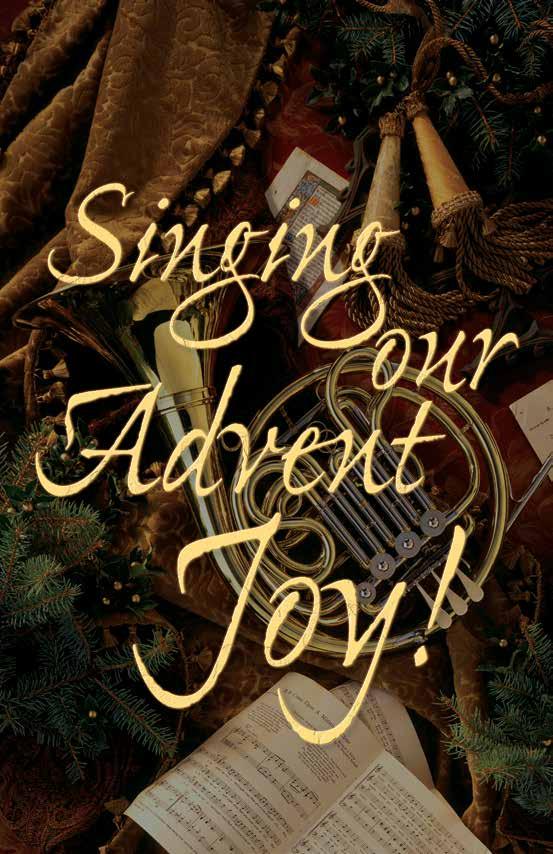
1 minute read
“In the Heavens Shone a Star”
This hymn from the Philippines, like so many of our traditional Christmas songs—”Silent Night,” “Angels We Have Heard on High,” “Hark! The Herald Angels Sing,” and “O Little Town of Bethlehem”— features a star dancing in the night sky. I once lived in Alaska for a few years in my early adulthood where, for the first time in my life, I was struck by the astounding beauty and vitality of the night sky. My congregation had a phone tree where church members notified each other when the aurora borealis was in the sky. Many nights I lay in the snow on my back watching the dancing colors, the blues, greens, yellows, purples, and sometimes reds that animated the northern sky in the winter months. Even on “ordinary” evenings, the stars, more vivid without streetlights, seemed to come so close that you could reach out and touch them. Even apart from the nativity story, the star exists as a symbol of wonder—a burst of light against the dark void of night. What hard-bitten soul can look on a shining star and not feel a stir of emotion? It is no accident that ancient cultures saw in them monsters, heroes, and gods. What an enormous loss to our imaginations we suffer when as modern people we look up and see only what can be explained as physical forces, gaseous formations, or distant suns. Vincent Van Gogh saw this clearly.
The Greeks and many Patristic theologians recognized the cosmos as a theophany bearing witness to God who dwells in inaccessible light. They saw the light of God shining in and through all created things in their beauty, pointing through them to the Creator. This light is most transparent to God in the Incarnation of Jesus, the Light of the world. In modernity we neglect this covenant of light, a responsibility to perceive all things in wonder, when we reduce the world as objects to be used or merely to reflect our egos. I take great delight in Christmas hymns that speak of the child of glory and of dancing stars.
Advertisement
– Reverend Dr. David White, The C. Ellis and Nancy Gribble Nelson Professor of Christian Education & Professor of Methodist Studies


